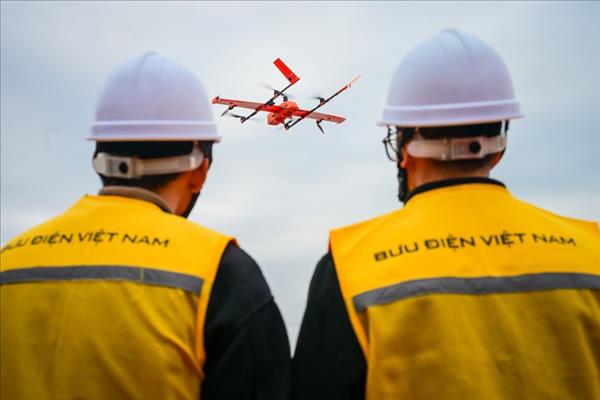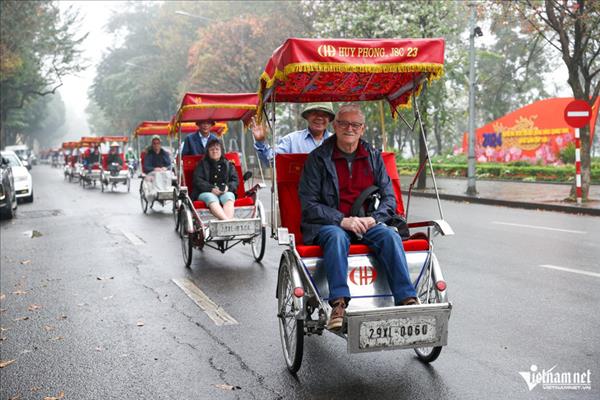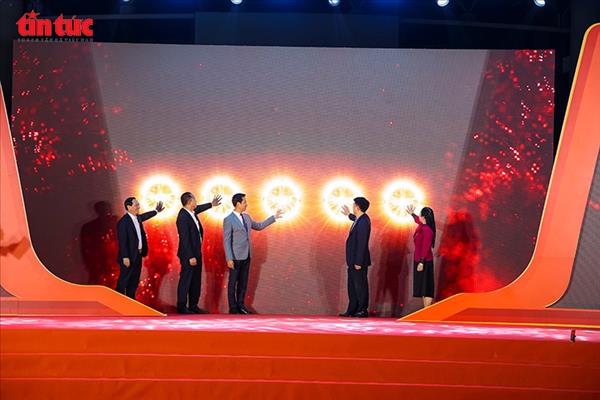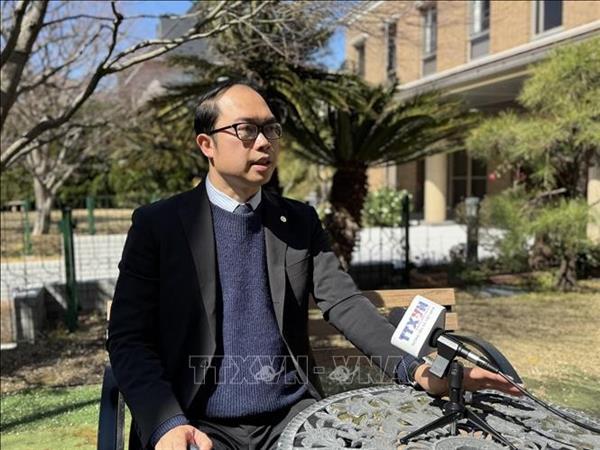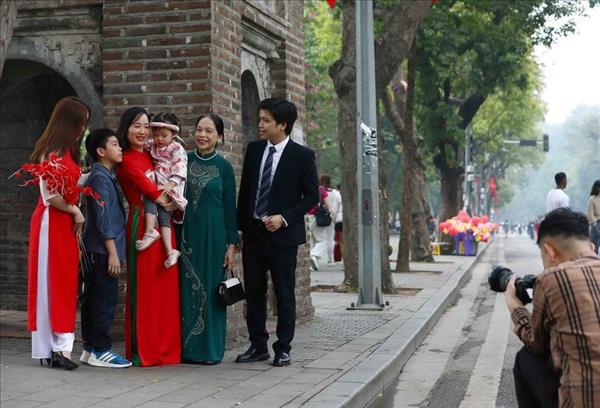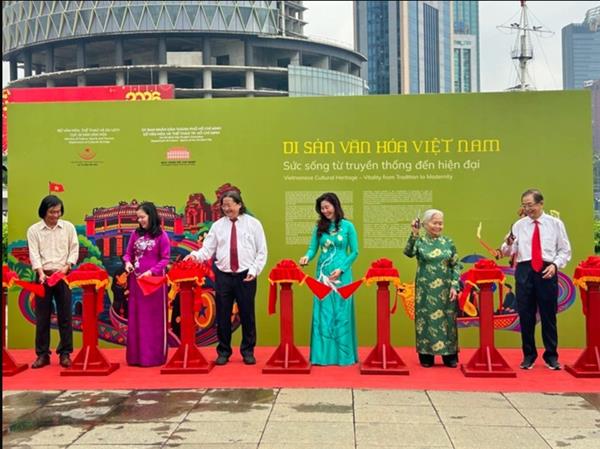However, many existing reservoirs are yet to be connected with each other for the flood-control programme. The reservoirs, which will have pump and culvert systems, will collect rainwater.
The biggest, with a capacity of 20,000cu.m, will be built at the Go Vap Flower Village, while the second largest, measuring around 5,000cu.m, will be at Hoang Van Thu Park in Tan Binh district. The others will be smaller, with a capacity of 1,500-2,000cu.m each.
Tan Binh district currently has a big reservoir but its water level has never reached its full capacity.
According to an expert from the HCM City Urban Drainage Co. Ltd., the Hoang Van Thu Reservoir has a capacity of more than 35,000cu.m of water.
Experts from the HCM City Urban Drainage Co. Ltd. suggested that the reservoir should be connected with the city’s sullage pits so that rainwater could be drained into the reservoir to reduce flooding, but the proposal was shot down.
The Hoang Van Thu Reservoir has yet to be used to regulate rainwater and combat flooding around Tan Son Nhat International Airport, an expert said.
Many other reservoirs in inner districts too are not connected with the reservoir network for flood control, including those at Le Thi Rieng Park in District 10, Dam Sen Tourism Park in District 11, Phu Lam Park in District 6, Van Thanh in Binh Thanh District, Song Tan and Huong Tram in District 7, and Ky Hoa in District 10.
According to figures from the HCM City Urban Drainage Co. Ltd., the Hoang Van Thu and Van Thanh reservoirs have a combined capacity of over 40,000cu.m, while Ky Hoa can hold over 6,400cu.m of water.
Experts from the HCM City Urban Drainage Co. Ltd. said these reservoirs could help prevent flooding but have not been connected with the drainage network or used for flood prevention.
The managers of many of the reservoirs do not allow them to be connected with drainage networks in inner districts because the drains carry both rainwater and wastewater, which could pollute them.
They said the reservoirs were built to enhance the city’s looks rather than for regulating rainwater or controlling floods.
Wastewater treatment and separating rainwater from wastewater is the job of other agencies, they added.-VNS/VNP

